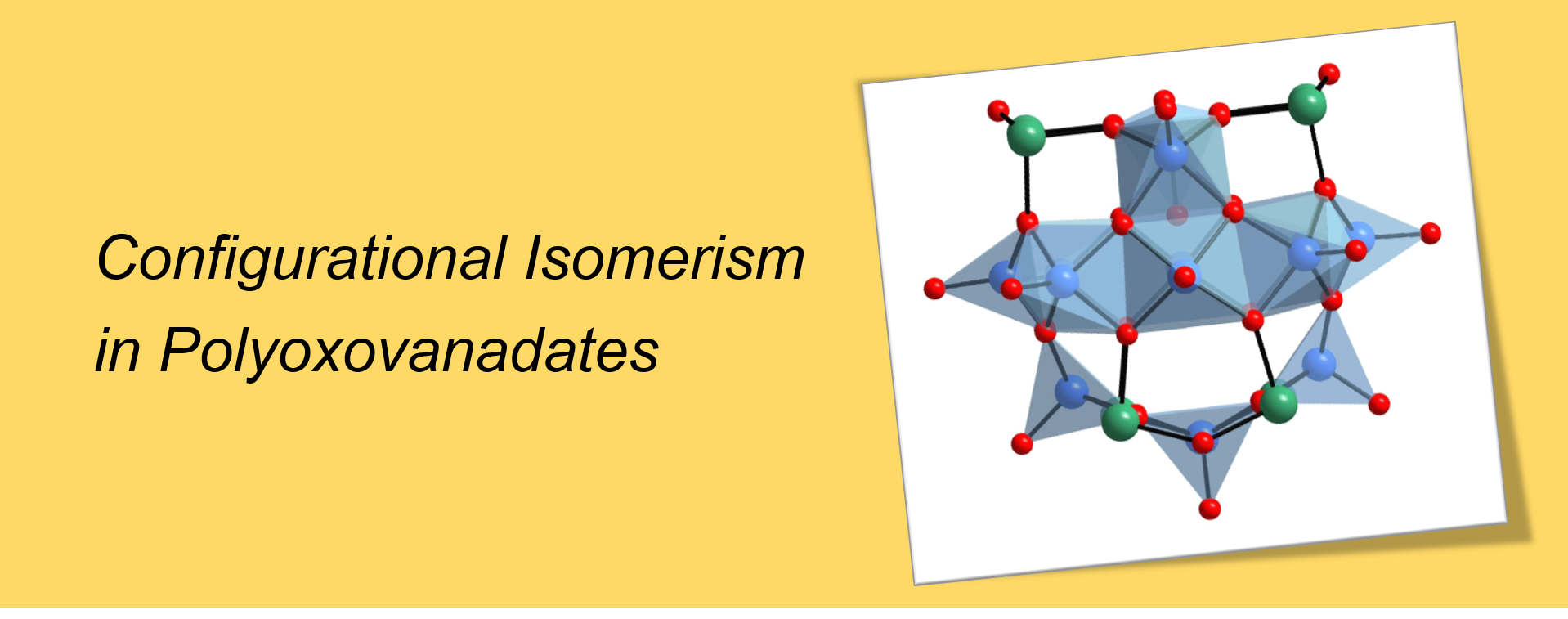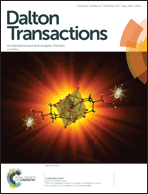 A new manuscript dealing with the configurational isomerism problem in polyoxovanadates (POVs) has been accepted for publication in Angewandte Chemie International Edition.
A new manuscript dealing with the configurational isomerism problem in polyoxovanadates (POVs) has been accepted for publication in Angewandte Chemie International Edition.
Under very innovative synthetic conditions, Prof. Wolfgang Bensch and his PhD student Ms. Lisa Mahnke (CAU Kiel) have discovered a new extraordinary POV isomer with formula [V14Sb8O42]4-. Compared to the studied isomers in our previous work, this unusual POV exhibits one vanadyl moiety pointing towards the interior of the cluster.
It was soon afterward that was realized that this is not a new single POV structure, but a blueprint of a complex configurational isomerism in POV chemistry. Insights into the relative stability of the possible forming species and comparison of fragment transfer between the reactant molecules and the product have rationalized why this particular isomer forms and what other isomers are most likely to be isolated in near future.
The overall study has been further complemented by magnetochemical experiments (Prof. Paul Kögerler, RWTH Aachen) and ESI-MS studies (Prof. Schalley, FU Berlin).

 RWTH Aachen has recently informed that will award a Start-up fund of ca. 18 000 € to
RWTH Aachen has recently informed that will award a Start-up fund of ca. 18 000 € to 
